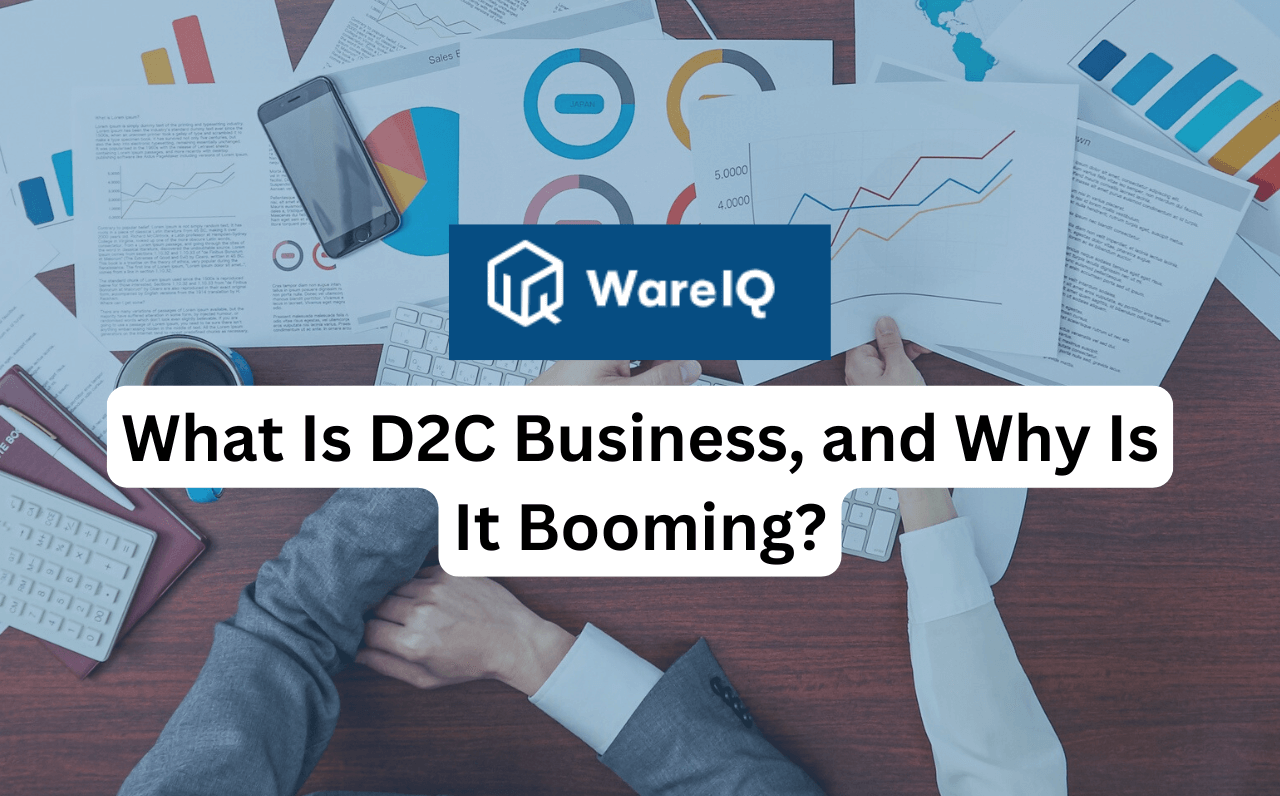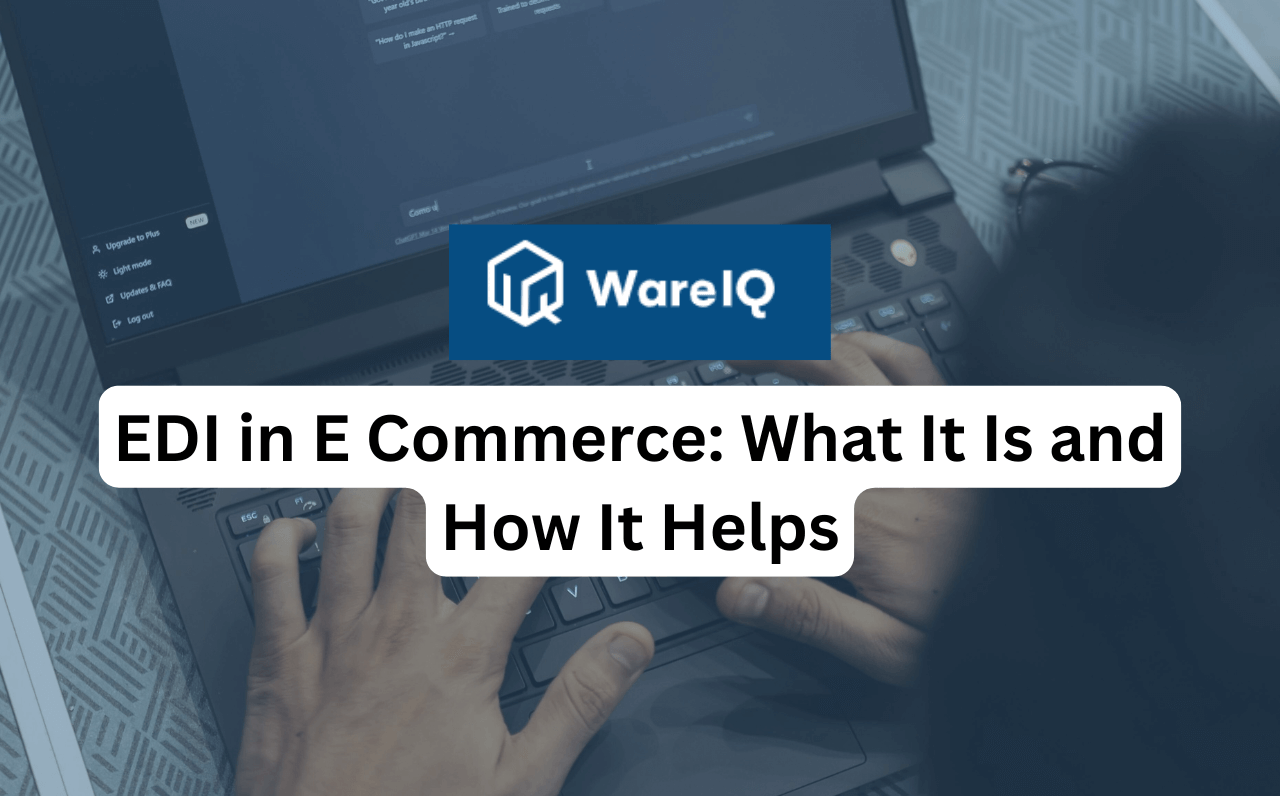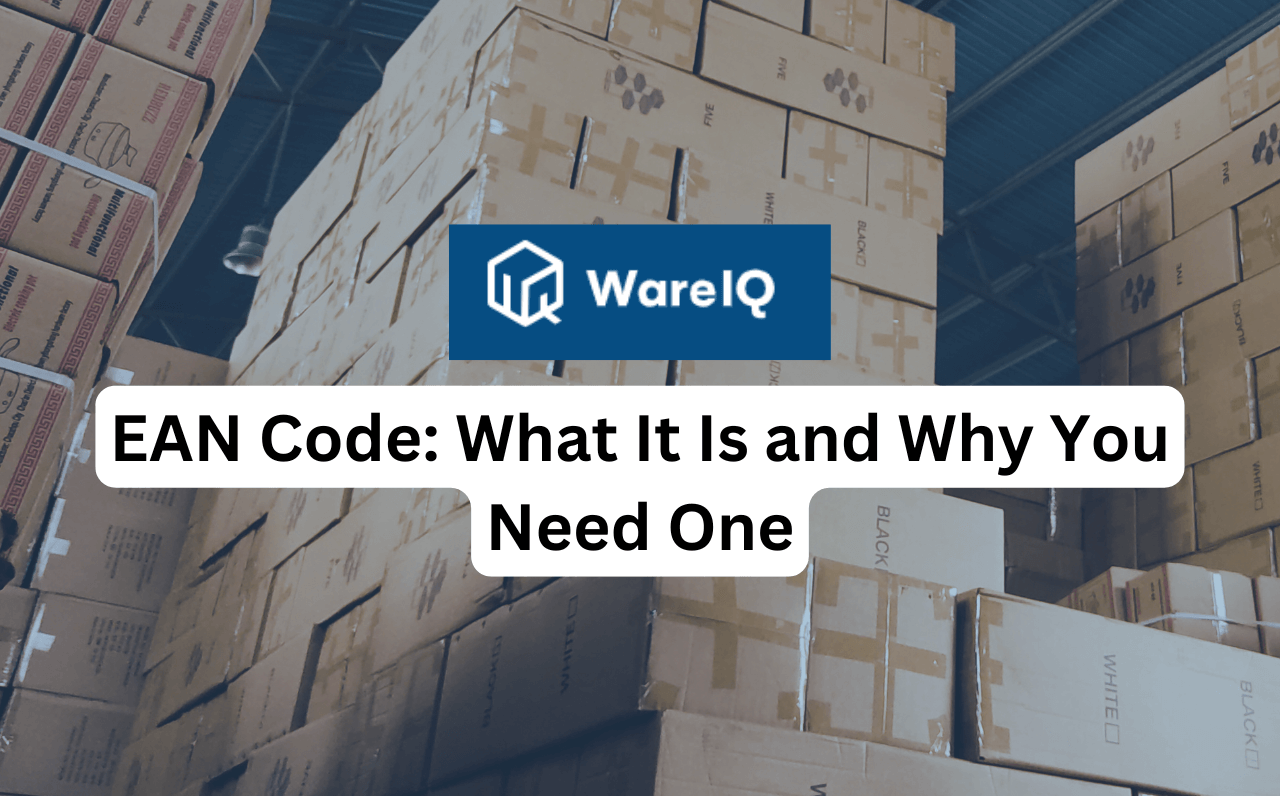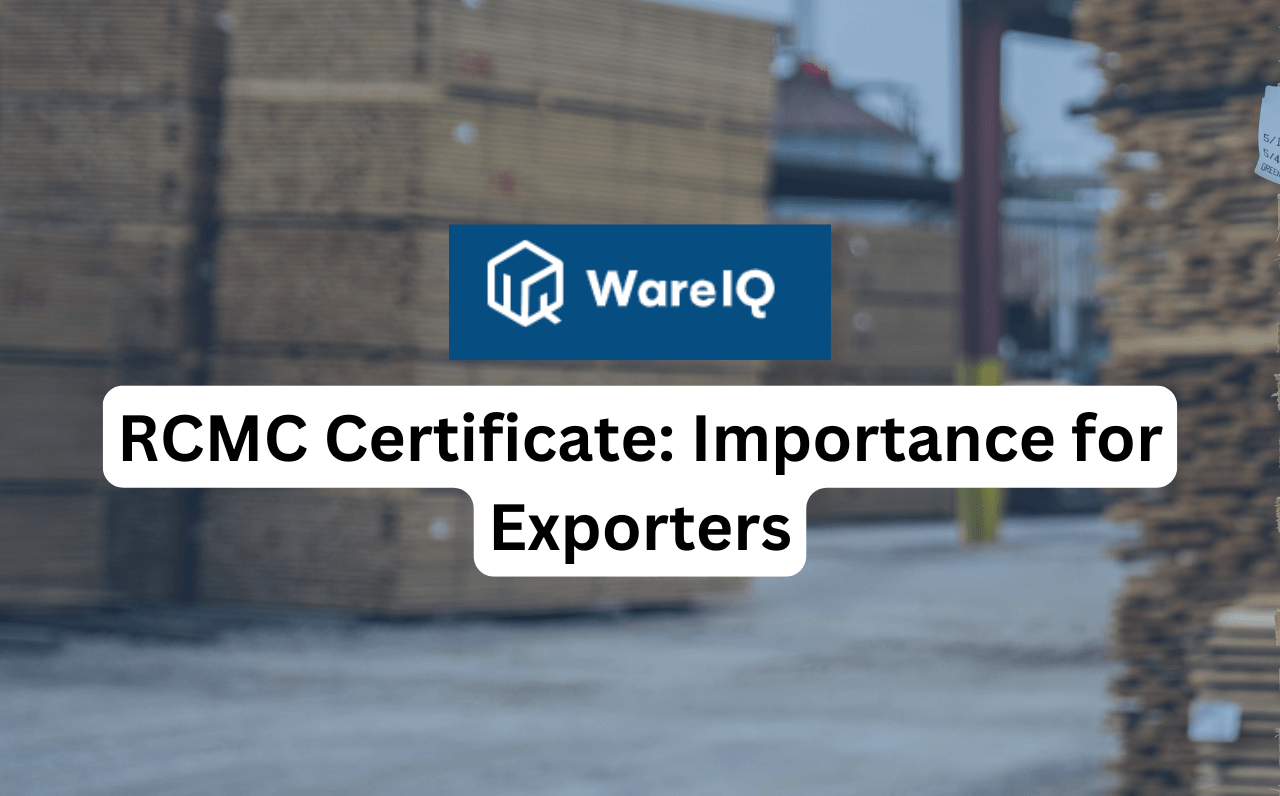
What Is D2C Business, and Why Is It Booming?
Today, customers value personalised experiences and prefer buying products directly from a brand when possible. It adds to the level of trust as well. Welcome to the world of direct-to-consumer (D2C) business. This isn't just a marketing buzzword; it's a transformative retail wave.Also, the global D2C market is expected to reach USD 2750.28 billion by 2033. For businesses, the D2C model is clearly turning the old retail script upside-down. With full control over how a product is made, packaged, sold, and serviced, the D2C approach is drawing both startup energy and corporate pivoting.On the other hand, consumers will have transparency, faster fulfilment, and a more tailored brand experience. In this article, we will look into what the D2C business is, what the D2C business model is, and why it is booming at an exponential rate.What Is the D2C Business Model, and What Does It Mean?When you ask what a D2C business is, the answer is quite simple: it's when a D2C brand sells directly to the consumer. Traditional intermediaries such as wholesalers, distributors, and big-box retailers are bypassed.Characteristics of the D2C Business Model:The brand controls manufacturing (or at least product definition), marketing, sales, shipping and often service. The sale is conducted through the D2C brand's e-commerce store. Orders are placed via the mobile app, social media shop, website, and, at times, their own physical store. It does not happen via multi-brand retail outlets. Because the brand interacts directly with the end user, it collects first-party data (who the customer is, how they shop, what they like) and uses it to iterate on products, personalise experiences, and build loyalty. Rather than traditional retail mass distribution, the focus is on brand experience, storytelling, and niche communities. How Does the D2C Business Model Work?The D2C business model is nothing like traditional retail, as it does not involve intermediaries. Instead, brands take complete control of how their products are produced, marketed, sold, and delivered to the end consumer.The D2C business model essentially consists of three important pillars: ownership, customer connection, and data-driven decisions. Let us look at how D2C e-commerce works:1. Product Creation and SourcingThe journey for every D2C brand begins with product creation and sourcing. D2C brands design products as per customer feedback and data insights. They can either:Manufacture in-house, orPartner with third-party producers while having complete brand control.2. Supply Chain and ProductResponsibility for product design, production, packaging quality, and inventory lies with the D2C brand itself. Because intermediaries are avoided (or fewer), there's more opportunity for unique products, faster iteration, and cost savings.3. Sales and DistributionIn the D2C business model, inventory flows either to fulfilment centres or directly to consumers. Often, the sales channel is the brand website, sometimes supported by social commerce or brand-owned apps.4. Customer Relationship and DataSince the brand sells directly, control over customer relationships remains with the brand. It also paves the way for direct feedback loops, personalised marketing, loyalty programmes, subscription models, and a richer understanding of consumer behaviour.5. Pricing and MarginSince there are no middlemen, the D2C e-commerce can enjoy a better profit margin. Also, it allows them the freedom to set competitive pricing. They also control pricing strategy, promotions and branding.6. Brand Experience and NarrativeD2C brands can develop a unique identity and a design-led niche. They present their story, create deeper engagement, and rely on digital channels and influencer marketing.Why Is the D2C Business Model Booming?Let us face it, the D2C business model is not just a trend; it is indeed a revolution. From digitally native startups to legacy giants like Nike and Apple, every brand today is leaning into direct-to-consumer (D2C) strategies. But what's fuelling this massive growth?Here are the reasons as to why the D2C business model is booming on a global level:1. Rise of Digital Shopping and Ecommerce AdoptionThe rise of online shopping avenues is a key driver of D2C brand growth. Consumers now prefer shopping directly from brand websites or apps because it's:More convenient,Offers better product information, andOften provides exclusive discounts or customisation options.Now, consumers do not need retail; they can avail of a seamless, brand-led experience directly from the brand.2. Control Over Brand Experience and Customer DataThe D2C business model eliminates the dependency brands have on third-party sellers in the traditional model. By adopting the D2C eCommerce approach, brands can have:Complete control over branding, pricing, and product presentation.Access to first-party data and valuable insights about customer preferences, buying frequency, and feedback.3. Higher Profit Margins and Pricing FlexibilityWith each layer added in the traditional business model, such as distributor, wholesaler, or retailer, an extra cost is added to the price. In the D2C model, brands sell directly to customers, keeping a larger portion of the profit margin and having the flexibility to adjust prices quickly in response to demand.Moreover, D2C brands can also opt to run flash sales, loyalty rewards, and bundle offers without the need to inform and notify the retailer. 4. Social Media and Influencer Marketing PowerWhen it comes to D2C eCommerce brands, platforms like Instagram, YouTube, and Facebook have become the new shopping malls. D2C brands thrive here by:Running story-driven campaigns and adsPartnering with famous influencersBuilding communities that enhance and boost word-of-mouth marketing.Reports suggest that about 81% of consumers prefer products promoted by influencers. This is one of the many reasons why brands now approach influencers directly to market their brands. 5. Affordable Technology and Easy Market EntryToday, it is much simpler to enter the market with platforms like Shopify and WooCommerce. Integrated tools for inventory, shipping, payments, and analytics have largely democratised entrepreneurship.6. Consumer Shift Toward Authentic and Sustainable BrandsD2C brands often highlight their stories, missions, and ethical sourcing directly to their customers, thereby building emotional loyalty that traditional retail cannot match. Hence, consumers now want to buy from brands that can reflect their values, not just out-of-the-factory items. 7. Expanding Reach Beyond Tier-1 CitiesThanks to improved logistics, D2C brands can now offer delivery to tier-2 and tier-3 locations. Improved logistics, digital payments, and smartphone access are empowering tier-2 and tier-3 consumers to shop directly from their favourite brands online.8. Agility and Faster Innovation CyclesCustomers can provide feedback directly to brands, leading them to adapt product designs, pricing, and marketing strategies more quickly than waiting for the retail cycle. This agility helps them stay ahead of changing trends, something that traditional retailers struggle to match.Explore more - Resilient Fulfillment Strategy for D2C GrowthExplore Faster Shipping for Your D2C Brand With WareIQWareIQ is a Y-Combinator-backed eCommerce full-stack platform offering multi-channel fulfillment across D2C, Marketplaces, Quick Commerce, and B2B (General Trade & Modern Trade)Our solution offers:Pan-India network of Seller Flex & FAssured compliant across 12+ cities operated by WareIQ, and shipping partners for last-mile delivery across 27000+ pin codesMulti-Channel Fulfilment Platform with plug-and-play integrations across marketplaces (Amazon, Flipkart, Myntra, Nykaa, etc.), D2C platforms (Shopify, Magento, WooCommerce, etc.), WMS, and ERPs, to support fulfilment across distributors, flagship stores and eCommerce channels with analytics capabilities to assess operational performanceInventory LogIQ: AI-led multi-channel inventory planning solution to minimise stockouts and automate replenishmentLeverage the tech-enabled returns QC solution to capture, centrally store, and auto-index HD media evidence of damaged or missing returned products and eliminate marketplace claims rejections.A host of seller enablement and support – dedicated account manager, APOB/PPOB registrations, GST registration, NDR & COD verification, etc.Explore - Fulfillment Services for Fastest Delivery by WareIQConclusionBrands are now much more empowered with D2C business models in place. With rising digital adoption, affordable e-commerce tools, and data-driven marketing, D2C brands are not just surviving; they're thriving, as they can now directly connect with customers, have complete control over their storytelling, and respond more effectively to market trends. Consumers now prefer authenticity, convenience and personalisation; this gives D2C brands an upper hand. Suggested read - Enabling Seamless D2C Expansion for Global Consumer Electronics Brands in IndiaFAQs About D2C Business ModelHow is D2C different from traditional B2C models?In a traditional B2C (business-to-consumer) model, brands rely on intermediaries such as retailers or e-commerce marketplaces. In contrast, D2C brands sell directly, giving them more control over pricing, brand image, and customer relationships.Why is the D2C business model booming today?The D2C model is booming due to the rise of digital marketing, lower entry barriers in e-commerce, and growing consumer demand for personalised, transparent, and authentic brand experiences.What are the main advantages of a D2C business?Key advantages include:Higher profit margins (no middlemen)Direct customer feedbackBrand control and consistencyPersonalised marketingData-driven insightsHow do D2C brands acquire customers?D2C brands rely on digital-first marketing, which includes social media ads, influencer marketing, email campaigns, SEO, and content marketing to reach out to their customers and retain their audience.
December 17, 2025






![GST Exempted Goods: Complete Updated List [2025-26]](https://wareiq.com/wp-content/uploads/2025/12/GST-Exempted-Goods.png)

